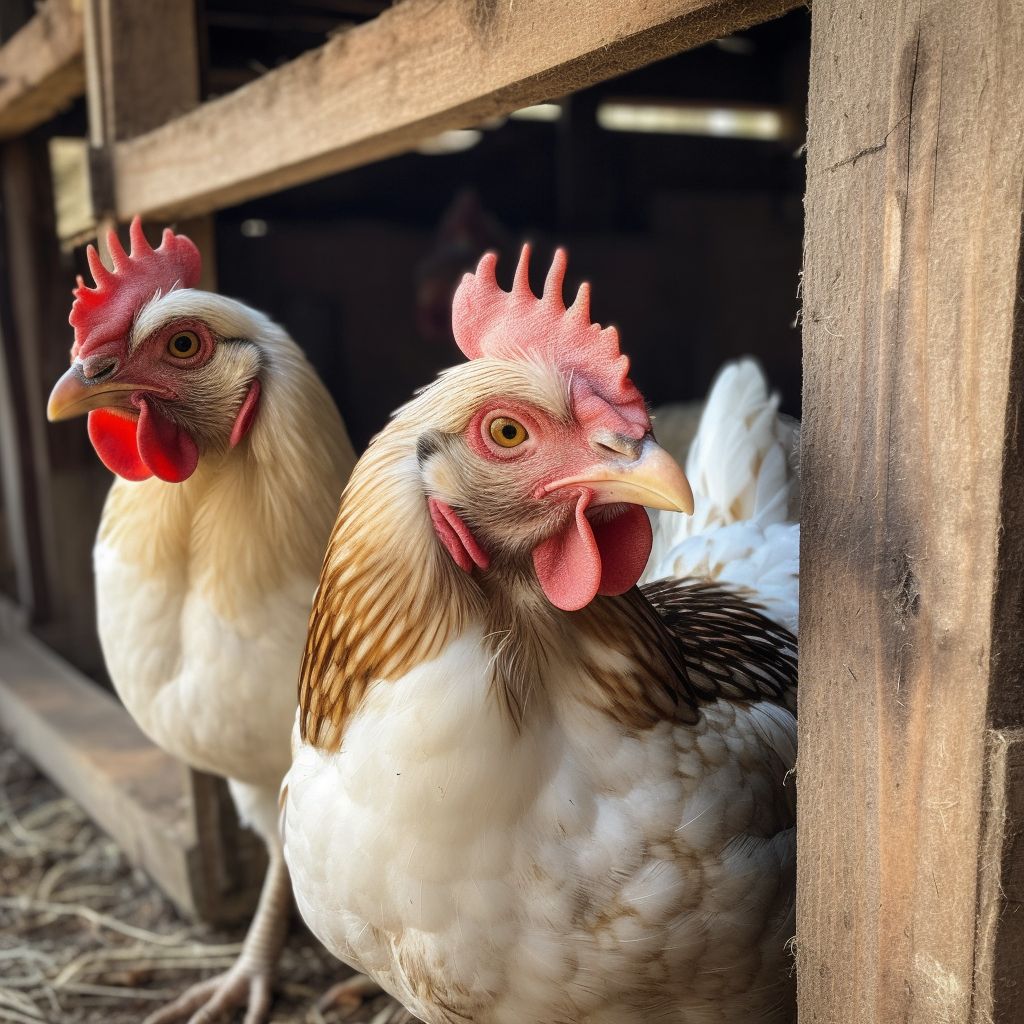Chicken
Chickens have been a significant part of American agriculture since the early colonial days, valued for their meat, eggs, and feathers. By the late 19th century, the raising and consumption of chickens had become widespread across the United States. This article provides an overview of the various breeds of chickens commonly found in the country, their uses, and the methods of raising and processing chickens during this period.
Breeds of Chickens
Several breeds of chickens were popular in the United States in the 1880s. Some of the most common breeds included:
Plymouth Rock: A popular dual-purpose breed, Plymouth Rock chickens were appreciated for both their meat and egg-laying capabilities. The breed was developed in the United States in the early 19th century and was known for its attractive striped plumage.
Rhode Island Red: Another dual-purpose breed, Rhode Island Reds were prized for their hardiness, adaptability, and egg-laying capabilities. Originating in Rhode Island in the mid-19th century, they quickly gained popularity across the country.
Leghorn: A Mediterranean breed, Leghorns were known for their prolific egg-laying and heat tolerance. They were introduced to the United States in the early 19th century and became a popular choice for farmers seeking a reliable source of eggs.
Uses
Chickens had various uses in the United States during the late 19th century. Most notably, they were raised for their meat and eggs, which were staple food items in many households. Chickens were also valued for their feathers, which were used in the production of clothing, accessories, and bedding. Additionally, some breeds were kept for ornamental purposes or for participation in poultry exhibitions.
Raising Chickens
In the 1880s, chickens were typically raised on small farms or in backyard coops. Farmers would provide the chickens with shelter, food, and water, and in return, they would collect eggs and eventually process the chickens for meat. During this time, chickens were primarily free-range, meaning they were allowed to roam and forage for food, which contributed to their overall health and well-being.
Processing Chickens
The processing of chickens for meat during this time was generally done on a small scale, often on the farm or in the household where the chickens were raised. Chickens would be humanely killed, plucked, and eviscerated before being prepared for consumption. Preservation methods such as smoking, salting, and canning were used to extend the shelf life of the meat.
Conclusion
Chickens played a significant role in American agriculture and households during the late 19th century, providing valuable sources of food, income, and resources. The various breeds of chickens found in the United States during this time, along with the methods of raising and processing them, reflect the importance of these versatile animals in the daily lives of many Americans in the 1880s.

